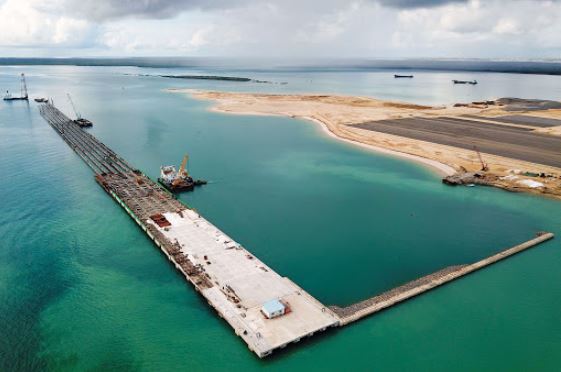 By Mbatau wa Ngai
By Mbatau wa Ngai
President Uhuru Kenyatta’s declaration last week that “no new project
should be launched without
his express authority” comes at a time the
country’s debt service obligations are rated the second-highest in
Africa, after Ethiopia.
The expectation is that this will create the necessary momentum for the
completion of stalled projects which the International Monetary Fund
estimate would cost the public purse Sh1.1 trillion to complete.
There is hope that the Head of State means business, this time, and that
the country will begin benefiting from these huge investments that
would otherwise have gone to waste.
The hopes are buoyed by Kenyatta’s directive that the “completion rate
of projects and programmes will be adopted as a key performance
indicator for top State officials.”
One project whose progress Kenyans will be watching keenly is the
completion of the key highway under the Lamu Port-South
Sudan-Ethiopia-Transport (Lapsset) corridor that has been delayed twice
over inadequate funding and insecurity.
The highway, which links Lamu to Isiolo via Garsen and Garissa, is now
slated for completion by June next year. It had been scheduled for
completion in April 2020.
What is not clear, however, is how far the county governments through
which the highway passes and the State are readying the local people
advantage of the economic opportunities that will come up.
Repay loans
After all, taking up such opportunities would not only lift the living
standards of the locals but also generate revenue to be used to repay
loans used to build the highway.
This would also be in line with the President’s Madaraka Day call to
Kenyans to re-imagine the country’s development and each individual’s
role in the resultant prosperity.
The obvious place to start making investments into Lapsset to pay for
itself while also benefiting the locals is to improve the yields from
their vast holdings in livestock.
The establishment of different sizes of feedlots across the region using harvested rainwater would be a good place to begin.
This would require the Ministry of Water and Sanitation to work with the counties to dig water basins and mini-dams.
The building of big dams should be avoided, as they have proved to be conduits to siphon State cash.
The result has been the numerous “white elephants” dotting the country’s landscape.
The State could then work with the counties to plant the right quality grass and food-crops.
Trade and Industrialisation ministry would also be required to guide the
setting up of slaughter-houses, factories to treat hides and skins for
producing leather to be sold in the local, regional and foreign markets.
[Mbatau wa Ngai, nmbatau@gmail.com]
 By Mbatau wa Ngai
By Mbatau wa Ngai
 By Mbatau wa Ngai
By Mbatau wa Ngai




No comments :
Post a Comment